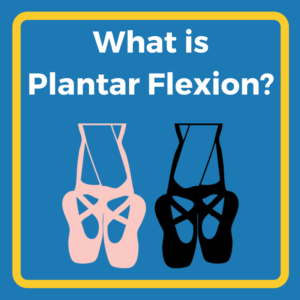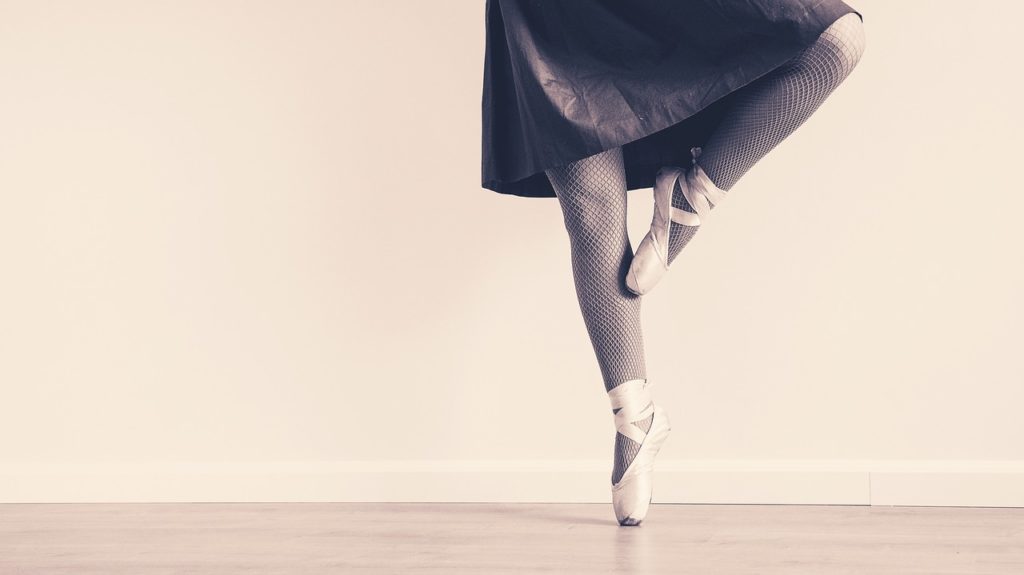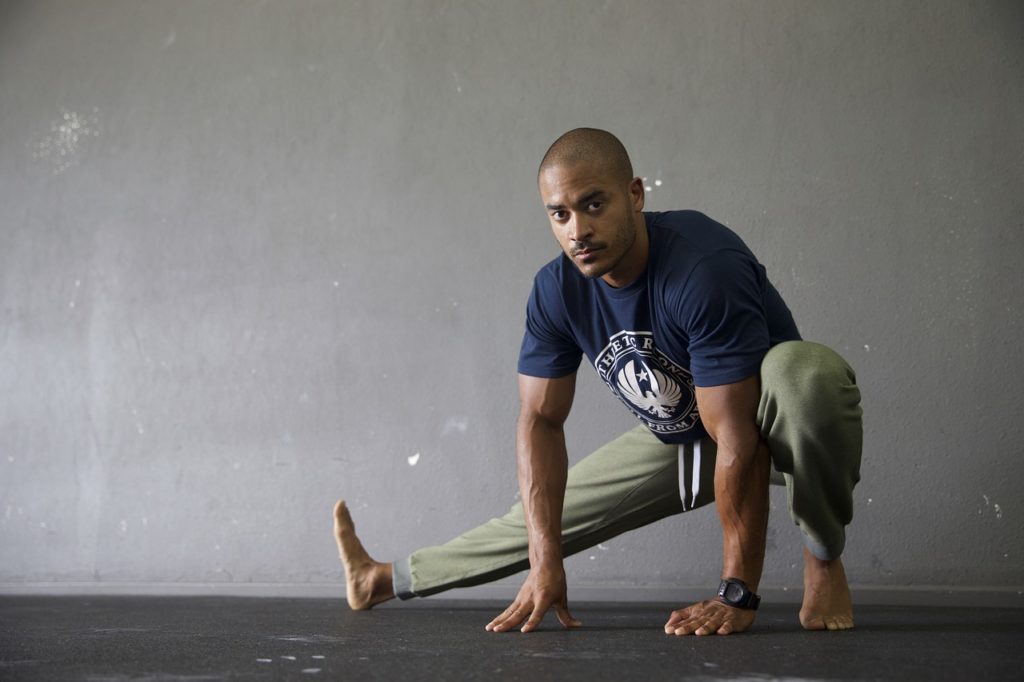 What does Swan Lake have in common with a jog down the beach?
What does Swan Lake have in common with a jog down the beach?
No, we’re not talking about birds (but keep an eye on that flock of seagulls). We’re talking about plantar flexion.
The same movement that allows ballet dancers to stand en pointe allows your foot to bend at the ankle when you take off during a run, especially through a shifting surface like sand. Plantar flexion is the opposite of dorsiflexion (when your foot bends upward) and takes place any time your foot bends downward. for example, when you stand on tiptoe or press down on the pedal of a sewing machine or the brakes in your car.
As with any movement your body makes, it’s possible to sustain injury through plantar flexion. How does plantar flexion relate to plantar fasciitis and other foot injuries, and how can you prevent and address these potential risks?
Read on!
Injuries and Pain Related to Plantar Flexion

Plantar flexion engages the joints at your ankle, the muscles in your calf and ankle, and the arch of your foot. All of these areas absorb impact as the foot pushes downward to propel you forward while running, or lift the weight of your body when you stand on tiptoe. That impact and stress can wear on the muscles and ligaments involved in plantar flexion.
Plantar fasciitis is one of the most common injuries associated with plantar flexion, particularly in runners or other high-impact sports that involve plantar flexion, such as ballet. Overuse and strain to the arch as the foot flexes can create inflammation and small tears in the plantar fascia that lead to pain.
Other injuries that can result from plantar flexion include sprained ankles and pulled muscles in the calf and legs, Achilles tendonitis, and shin splints. Running or jogging on uneven or shifting surfaces like sand can increase the risk of strain and injury to the fascia and the muscles of the calf and feet.
Stretching to Improve Plantar Flexion
It’s possible to improve the flexibility and strength of the critical muscles and ligaments involved in plantar flexion through simple stretches in the comfort of your own home. Stretches that work the heel, calf, and arch greatly reduce your chances of injury or pain during plantar flexion. This includes stretches like toe walking, calf raises, and box jumps, which increase the strength and flexibility of the calves and feet, allowing them to absorb impact more effectively and withstand more stress.

Make it a habit of incorporating these stretches in your daily routine, particularly if you’re a runner or participate in high-impact sports. Find the stretches you enjoy the most, and use them regularly throughout the week and prior to workouts.
If you do experience pain during plantar flexion, give yourself a break from the activity that is causing the pain. Icing and taking anti-inflammatories like ibuprofen, while building up greater strength and flexibility in the muscles and ligaments of the feet and legs through stretching, can also be used to address the pain at home. However, if you continue to experience pain during plantar flexion, be sure to consult your doctor.
The Right Shoes for Proper Plantar Flexion
Another important part of healthy plantar flexion and avoiding injuries like plantar fasciitis or muscles strain is wearing the right shoes. You may have noticed that many running shoes have a flexible, softer toe box. Wearing shoes that allow the foot to flex naturally, while supporting your arch and heel with a thick, cushioned sole will go a long way to help you avoid injury and pain.
To add additional support and cushioning to your favorite running shoes, consider adding orthotic inserts. Giving your arch extra support will help absorb the impact of running or physical activity more effectively, reducing strain to the muscles and ligaments required for dorsiflexion.
Most of the time, there’s no need to think about plantar flexion. It’s just one of the many movements our bodies coordinate, allowing us to move and play in an astonishing variety of ways. But staying aware of potential injuries to this everyday motion can mean the difference between effortless motion and injury!



